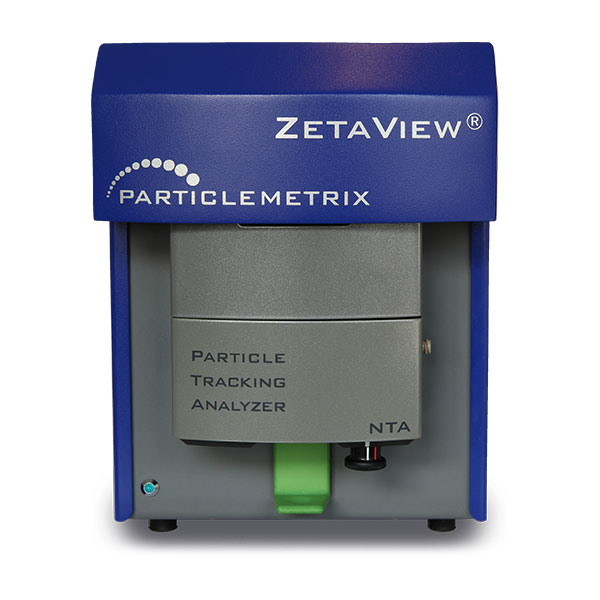Home » Nanoparticle Characterization » ZetaView

The Zetaview system utilizes Nanoparticle Tracking Analysis (NTA) technology for the characterization of nanoparticles in suspension. NTA tracks the Brownian motion of individual nanoparticles under a laser light source. By analyzing their movement patterns, the system determines the hydrodynamic size and size distribution (polydispersity) of the particles. Additionally, some Zetaview models can measure the zeta potential, a crucial parameter reflecting the surface charge of a particle. The NTA method provides a rapid and non-invasive approach for characterizing nanoparticles in various applications, including disease biomarker detection, protein research, and drug delivery.
Please fill out our form ,and we’ll get in touch shortly